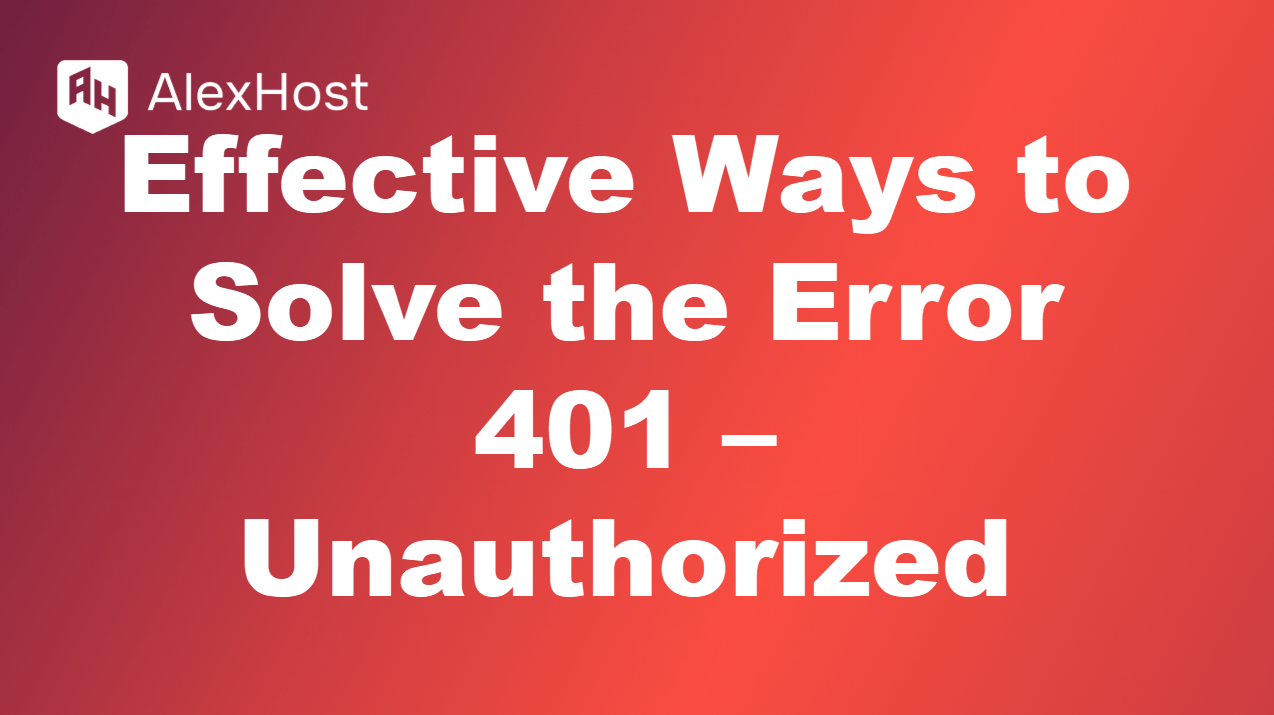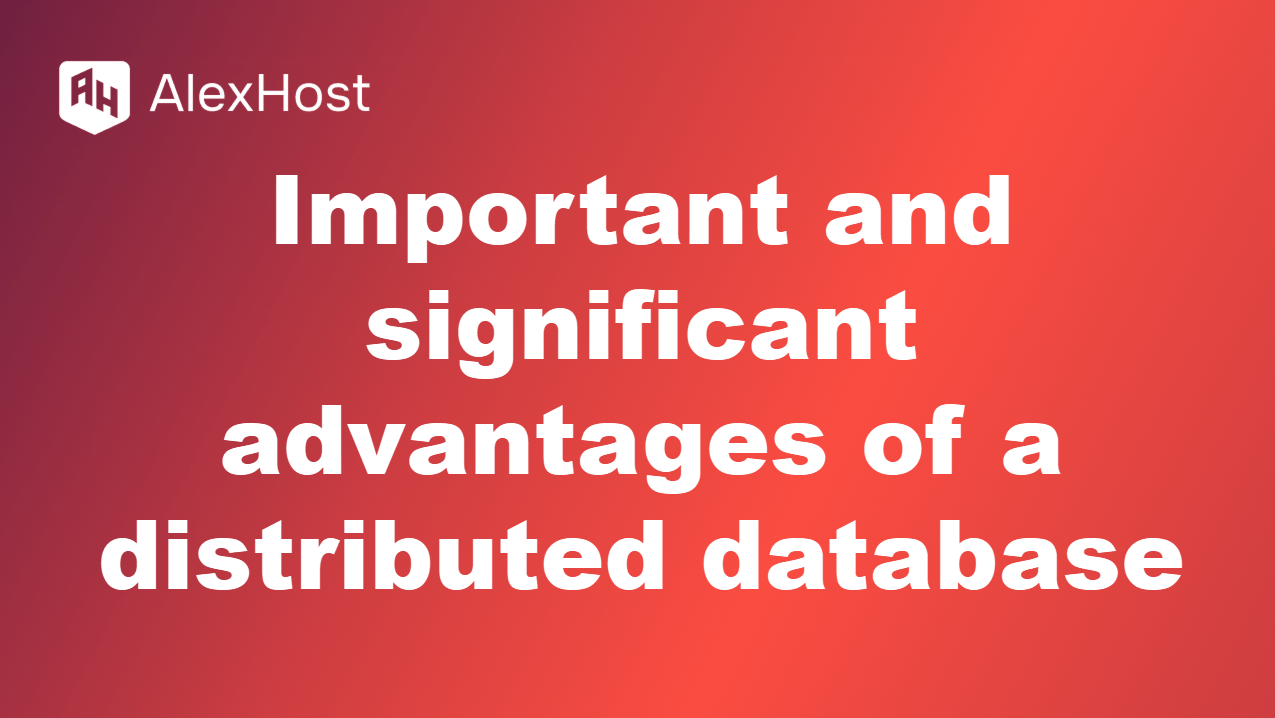About the Default Password for PostgreSQL
When installing PostgreSQL, one of the first things new users often wonder is: “What is the default password for PostgreSQL?” The answer is slightly more complex than expected, because by default, PostgreSQL does **not** set a predefined password for the default user. Instead, it relies on local authentication methods such as “peer” or “ident” authentication, depending on your system and configuration.
The default administrative user created during installation is typically called `postgres`. However, this user does not have a password set by default, and login access is usually restricted to the local machine. To interact with the database as the `postgres` user, you generally need to switch to the `postgres` system user account using a command like `sudo -i -u postgres`, and then access the PostgreSQL shell via `psql`.
To allow remote access or password-based login, you must explicitly set a password for the `postgres` user using SQL commands (e.g., `ALTER USER postgres WITH PASSWORD ‘yourpassword’;`) and modify the `pg_hba.conf` file to permit password authentication. These are essential steps when configuring PostgreSQL for production environments.
Understanding how authentication works in PostgreSQL is crucial for both functionality and security. Always follow best practices by setting strong passwords, limiting access with firewall rules, and regularly reviewing authentication settings to protect your database from unauthorized access.
No Default Password in PostgreSQL
Unlike some database systems, PostgreSQL does not assign a default password to the database superuser account (postgres) during installation. Instead, it follows a secure approach, requiring the user to create and manage passwords explicitly. Here’s how the initial setup works and how you can gain access to the database:
- Initial Superuser: After installing PostgreSQL, the system creates a default superuser account called postgres. This account has full control over the database.
- No Pre-Defined Password: Out of the box, PostgreSQL doesn’t have a password assigned to the postgres user. Depending on your operating system, you may be able to log in to PostgreSQL without a password if you are using the same OS account that was used to install PostgreSQL (typically postgres or root).
Accessing PostgreSQL for the First Time
To access the PostgreSQL database after installation, follow these steps:
- Linux: On many Linux systems, you can switch to the postgres user via the command line and access PostgreSQL without needing a password:
sudo -i -u postgres
psql
Once inside the PostgreSQL prompt, you can create a password for the postgres user:
SQLALTER USER postgres PASSWORD 'yourpassword';
- Windows: For Windows, the installation process usually asks for a password for the postgres user during the setup process. If you forget or skip setting the password, you can reset it by using an administrative account.
Configuring Password Authentication
PostgreSQL’s authentication is managed by the pg_hba.conf file. This file defines how users authenticate, including whether they need to use a password or if other methods (like peer authentication) are allowed.
For instance, if you’re using password authentication and need to set up a password for the postgres user, make sure the pg_hba.conf file has the following line to enforce password login for local connections:
local all postgres md5
This setting requires the postgres user to provide an MD5 hashed password when connecting.
Resetting the postgres Password
If you’ve forgotten the postgres password, you can reset it by following these steps:
- Modify pg_hba.conf to allow trust authentication: In your pg_hba.conf file, temporarily change the method for the postgres user to trust for local connections. This allows you to log in without a password:
local all postgres trust
- Restart PostgreSQL: After editing the file, restart the PostgreSQL service:
sudo service postgresql restart
- Change the Password: Now, you can access PostgreSQL without a password and change the postgres password:
psql -U postgres
ALTER USER postgres PASSWORD 'newpassword';
- Revert pg_hba.conf Changes: Once the password is set, revert the changes in the pg_hba.conf file to enforce password authentication again.
Best Practices for Managing PostgreSQL Passwords
- Strong Passwords: Always create a strong password for the postgres user to secure your database.
- Role Management: Instead of using the postgres superuser for day-to-day operations, create new roles with limited privileges. This minimizes risk if credentials are compromised.
- Update Authentication Methods: Regularly review and update your pg_hba.conf file to ensure you are using secure authentication methods (like scram-sha-256).
- Regular Password Rotation: Rotate passwords periodically, especially for superuser accounts.
Conclusion
PostgreSQL does not have a predefined default password for security reasons. Upon installation, you need to set a password for the postgres user manually. Understanding PostgreSQL’s authentication system and best practices for password management will help you secure your database from unauthorized access.










